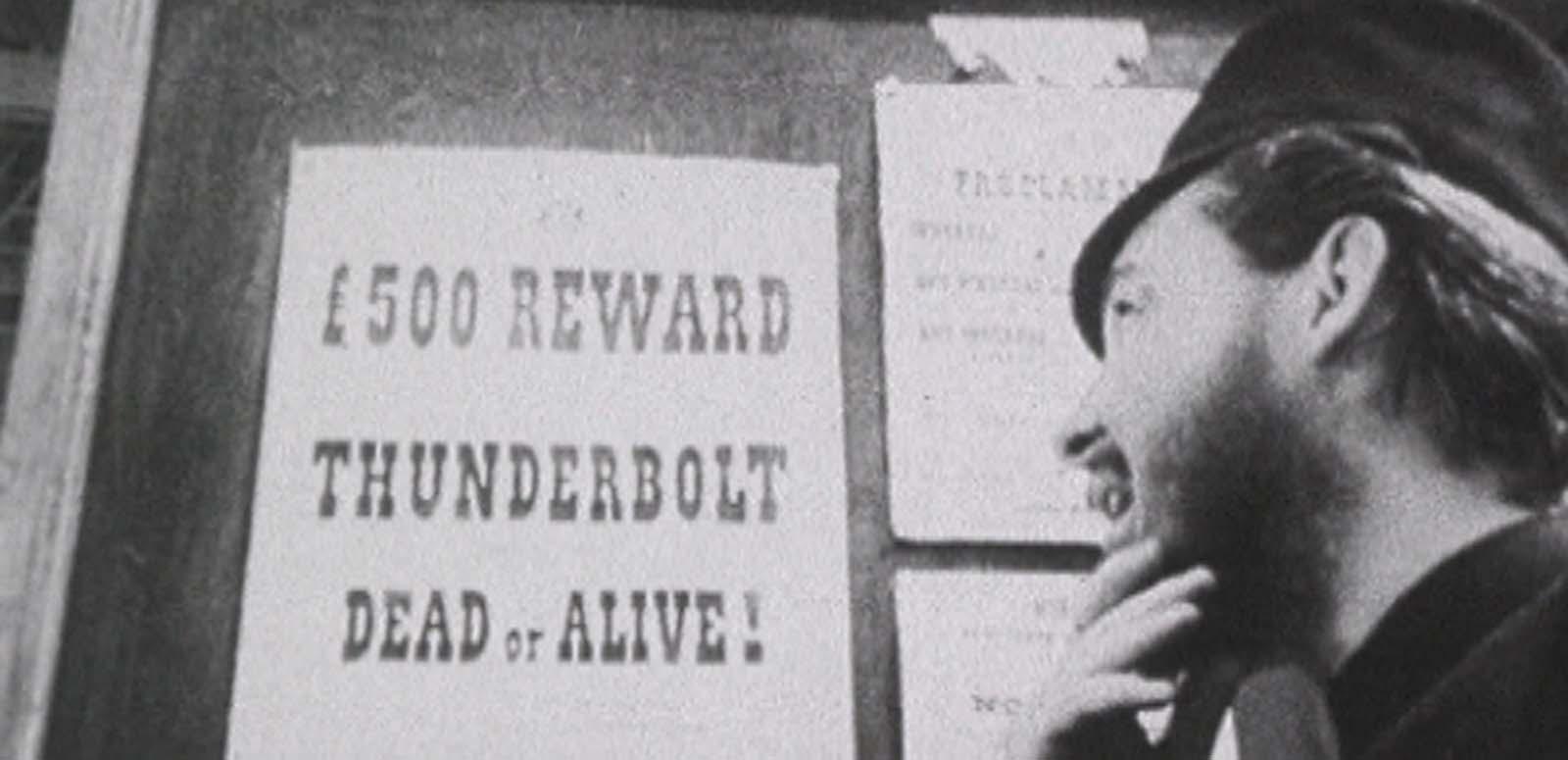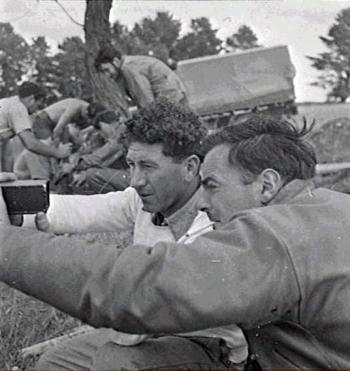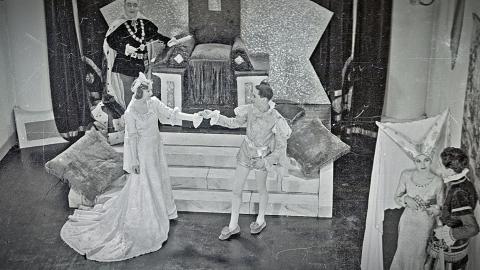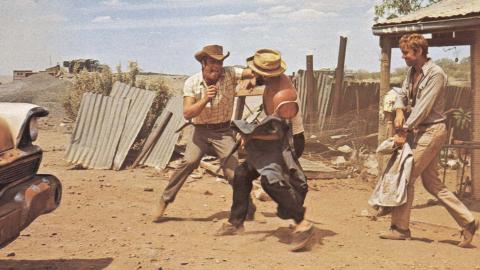

Captain Thunderbolt
Wake in Fright, The Sentimental Bloke and The Story of the Kelly Gang – each could well have become victim to Australia’s fragile heritage of moving image were it not for the determination and detective work of a couple of people, or in some cases just a single individual, to ensure their survival. Instead they share a history of resurrection and restoration – and now comes another important discovery in Australia’s search for ‘lost’ films.
In early 2010, while examining the contents of a can of assorted pieces of film acquired several years before, the NFSA found image and sound negatives of a 3-minute trailer for Captain Thunderbolt (1953), Cecil Holmes’ bushranger feature made shortly after a 40-year ban on bushranger films was revoked in New South Wales.

Produced by New Zealand-born Holmes, Captain Thunderbolt’s originality and intelligence separate it from most Australian films made at that time. It takes a stand on such issues as championing the underdog, mocking the colonial aristocracy, satirising xenophobia and racism and exposing the blinkered brutality of power.
Despite having been made with the restrictions of a B film budget, Holmes and his director of photography, Ross Wood found new ways to add dimension to the film – camera moves at subtle moments, rushing along with the action, effective use of high and low angles, and noirish lighting.
At its world premiere in Armidale, NSW in June 1955, Captain Thunderbolt ran 69 minutes. However by the time a 16 mm version was acquired by the then National Film Archive of the National Library of Australia in the early 1970s, it was down to 53 minutes – the 16 mm print reducing its image quality by more than 50 per cent. The film’s original 69 minute, 35 mm version had long since disappeared.
After the NFSA’s Motion Picture Laboratory produced a print of the trailer, staff were able to view images comparable to the clarity and depth of what Holmes and Wood had achieved in the original film. Seeing the quality of these images renewed the NFSA’s determination to launch a search to find the original 35 mm, 69-minute version of Captain Thunderbolt as the focus for a broader search for Australia’s lost feature films, called [p[Australia’s ‘Lost’ Films: Search & Rescue]].
The NFSA, in collaboration with the Sydney Film Festival, is launching Australia’s ‘Lost’ Films: Search & Rescue with a showing of a trailer from Captain Thunderbolt (see excerpt below) and other segments at the Sydney Film Festival at 10.30am, 14 June 2010.
If you know of the whereabouts of any of Australia’s lost films , you can contact the NFSA’s Acquisitions staff via email or call +61 2 6248 2253.
Check out our flickr account to view preserved stills from Captain Thunderbolt.
Follow the search for lost films on Twitter.
The National Film and Sound Archive of Australia acknowledges Australia’s Aboriginal and Torres Strait Islander peoples as the Traditional Custodians of the land on which we work and live and gives respect to their Elders both past and present.


